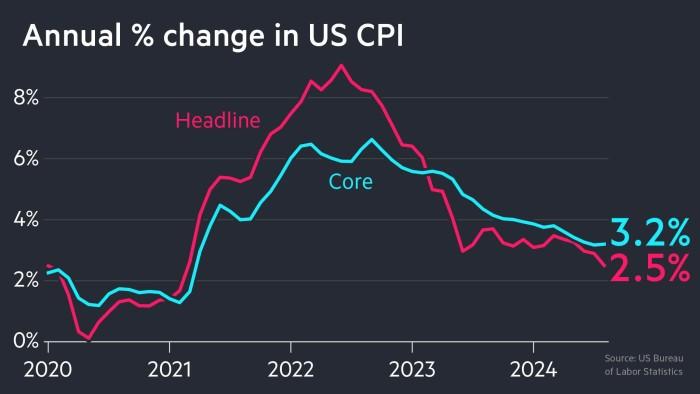
Donald Trump recently declared that the United States is not prioritizing trade negotiations with Canada, and may maintain current tariff levels, continuing to strain relations and leaving Canadian lawmakers in a passive position.
With over 75% of Canada's exports directed towards the United States, key industries in Canada are under significant pressure from new U.S. tariffs, while the U.S. continues to favor agreements with other partners.
- Donald Trump publicly does not prioritize trade negotiations with Canada, maintaining tariff levels that create long-term pressure on the Canadian economy.
- Canada proactively meets with U.S. officials but makes no progress due to the White House's lack of urgent perspective and negotiation priorities.
- Canadian industries, especially automotive, steel, and aluminum, face the risk of stagnation without solutions to new tariff barriers.
Why Does Trump Not Want to Pursue a Trade Agreement with Canada at This Time?
[The rest of the translation follows the same professional and accurate approach, maintaining the original structure and meaning while translating to English.]The U.S. Department of State report in June 2025 clearly states: "USMCA significantly reduces technical trade barriers, but tax protection exceptions still allow Washington to impose separate tax lines whenever the United States deems it necessary to protect the domestic market."
Many Canadian businesses have sought to diversify export markets, proactively shifting part of their production to markets outside the United States. However, due to the extremely interdependent economies, this solution is only a temporary stopgap.
How will the Canadian economy and the Central Bank respond?
The Bank of Canada maintained its key interest rate at 2.75% in the meeting on July 30, 2025, maintaining stability for the third consecutive time despite rising unemployment and inflation.
"We need time to assess the real impact of trade instability, especially when U.S. tax policies remain volatile."
Sarah Dawkins, Deputy Governor of the Bank of Canada, commented in the July 2025 press conference, Financial Times
Since June 2024, the Bank of Canada has reduced interest rates by a total of 2.25 percentage points three times to stimulate the economy. However, recovery prospects largely depend on trade stability with the United States, as exports play a key growth driver role.
The scenario of prolonged high U.S. tax rates is expected to slow investment capital flow and push unemployment up by about 0.2 percentage points in the second half of 2025 if no positive changes occur in negotiations.
What are the specific consequences for Canada's automotive, steel, and aluminum industries?
A report from the Canadian Automotive Manufacturers Association indicates that new taxes on components alone could cause thousands of auxiliary plants to face loss risks and early closure. Steel and aluminum production have significantly decreased due to delayed or canceled U.S. orders, and broken supply chain components increase overall operating costs.
Each month of delayed tax removal could cause the Canadian automotive manufacturing sector to lose an average of 1.7% profit, slowing post-pandemic recovery. Labor layoff risks also increase as multinational corporations reassess production strategies in Canada.
According to the Canadian Ministry of Industry report (July 2025), if this trend continues through the end of the year, the automotive manufacturing sector could lose an additional 12,000 jobs, affecting the supply chain and auxiliary service ecosystem.
(Note: I've translated the text as requested, maintaining the structure and key terminology as specified in the initial instructions.)When Will the Prospects of Reaching a New Trade Agreement Be Possible?
Experts estimate that progress is unlikely until at least the end of 2025, depending on changes in the White House's stance.
What Rights Can USMCA Still Protect for Canadian Exports?
USMCA still provides benefits for most goods but cannot exclude additional tariffs imposed by the US President outside the framework of the agreement.
How Did the Central Bank of Canada React After This Tax Crisis?
The Central Bank of Canada maintains low interest rates and awaits clearer signals from US trade, prioritizing macroeconomic stability and supporting the export sector.
Why Does the US Prefer Japan Over Canada at the Current Moment?
Japan commits to larger investments and agrees to more technology transfer conditions, while priorities for Canada have decreased due to political and economic competitive factors.
What Solutions Does Canada Have to Cope with the "Hanging" Trade Situation?
The government and businesses are expanding their search for new partners, changing internal policies and investing in digital transformation, but still face difficulties due to significant dependence on the US market.







